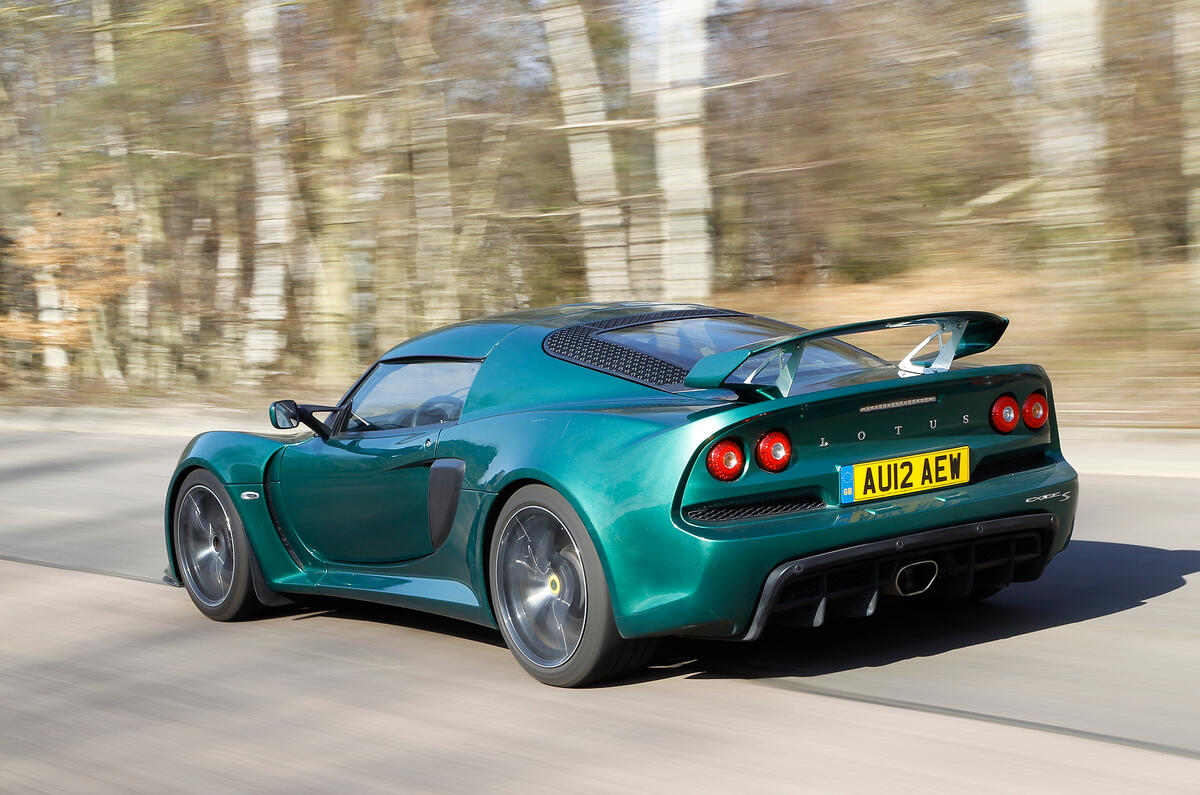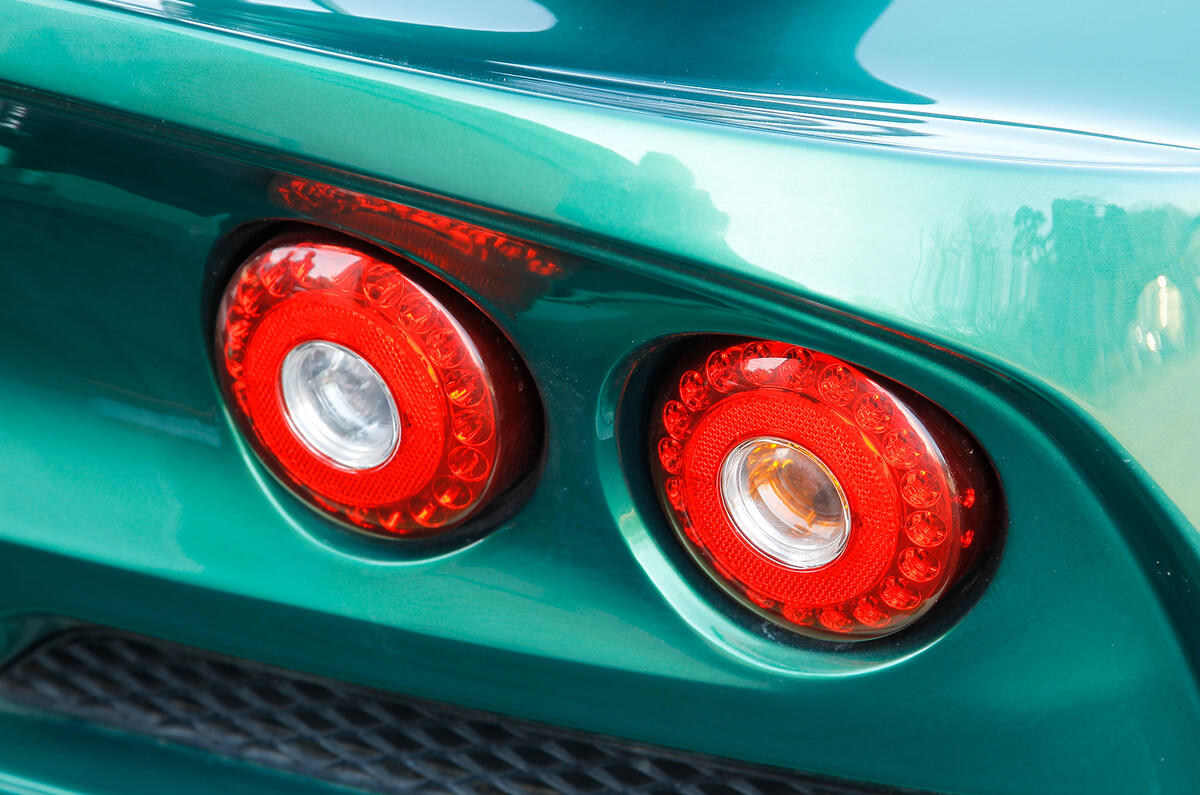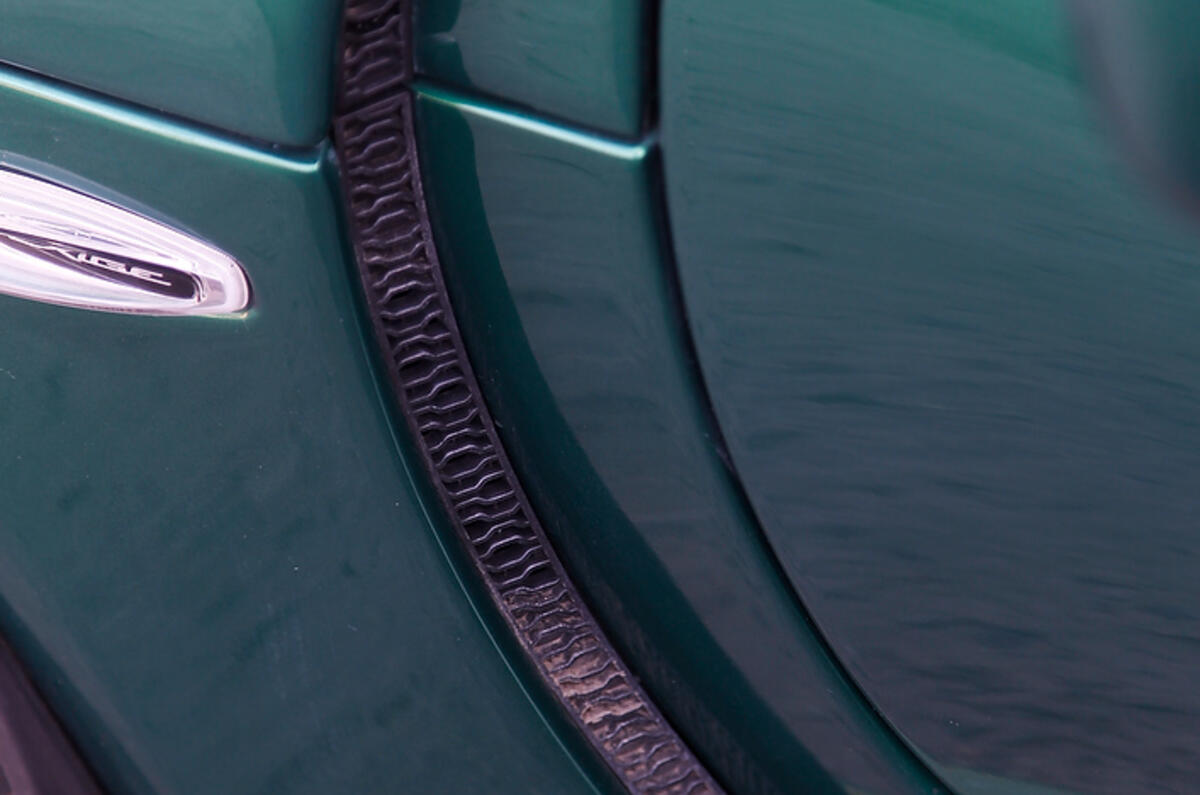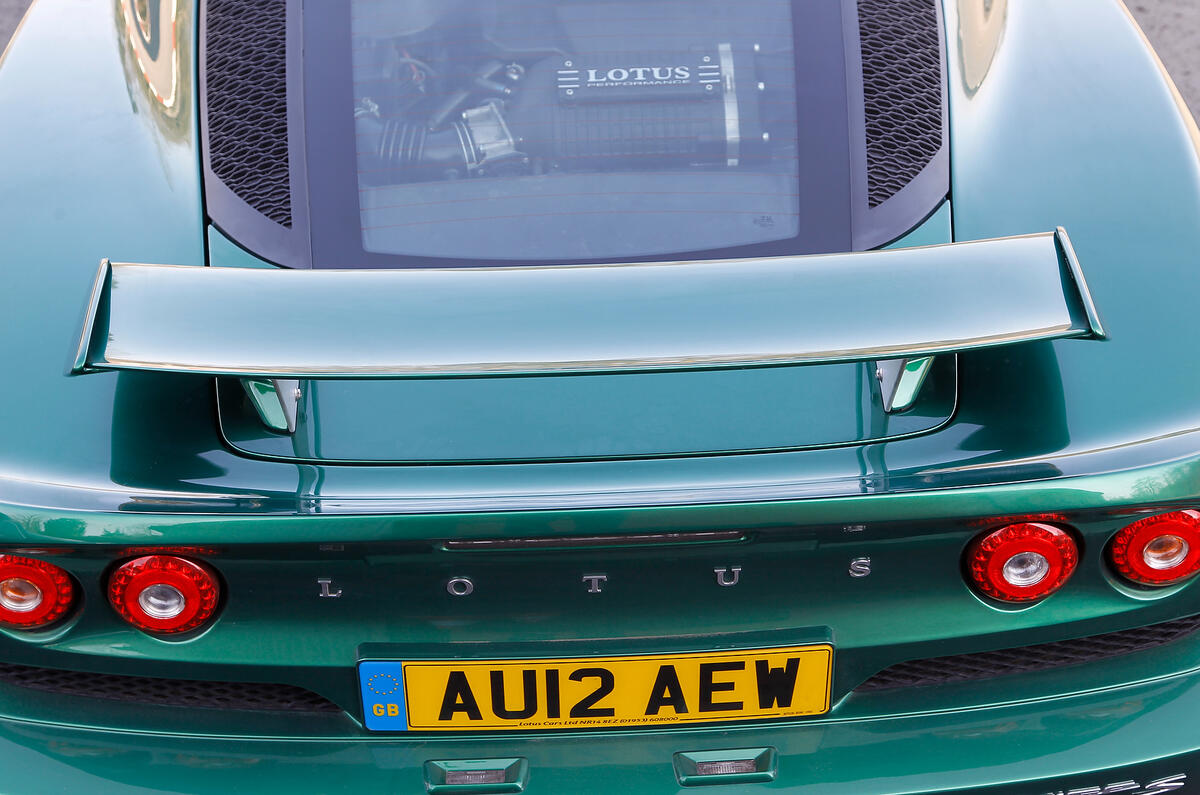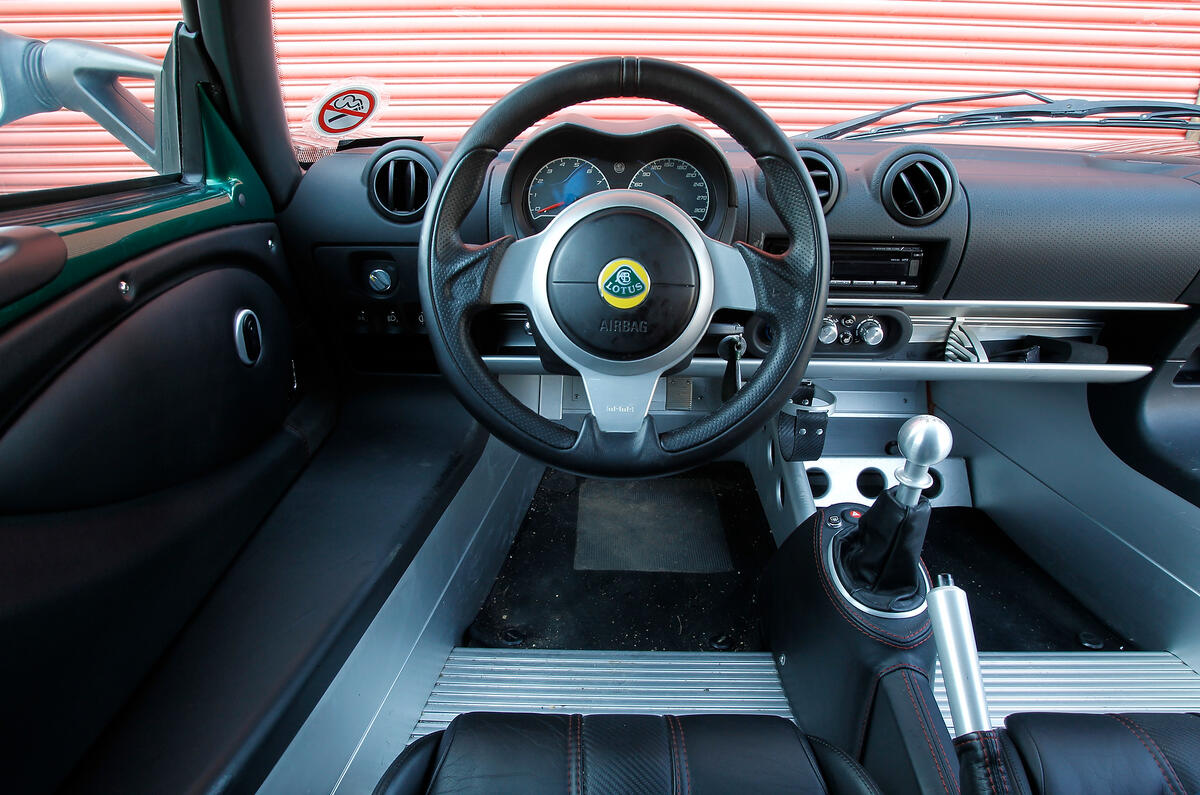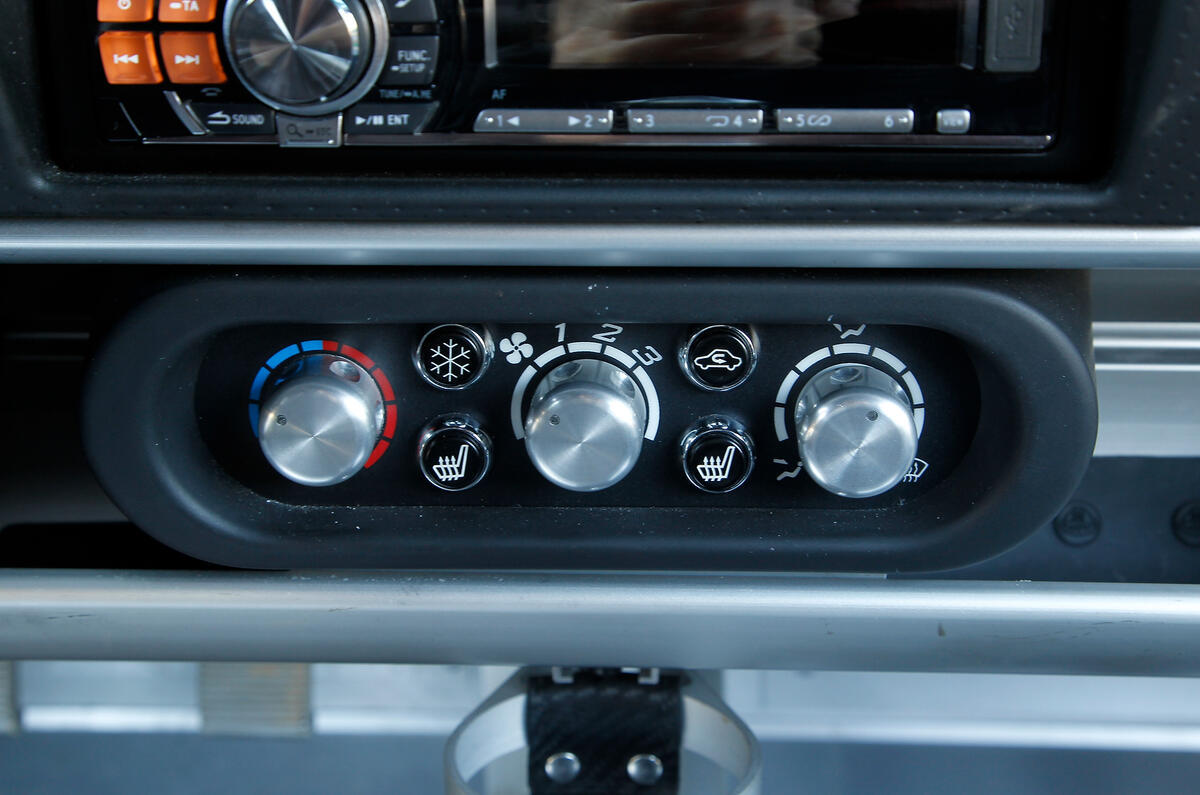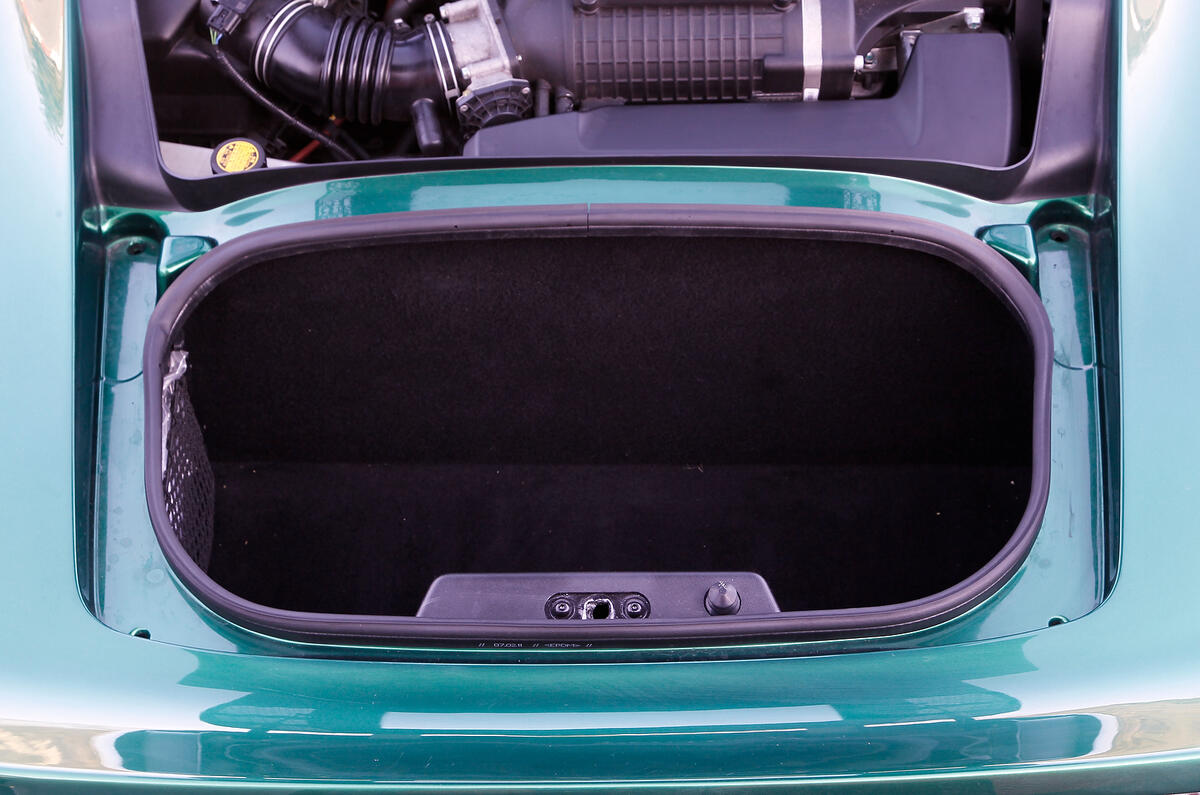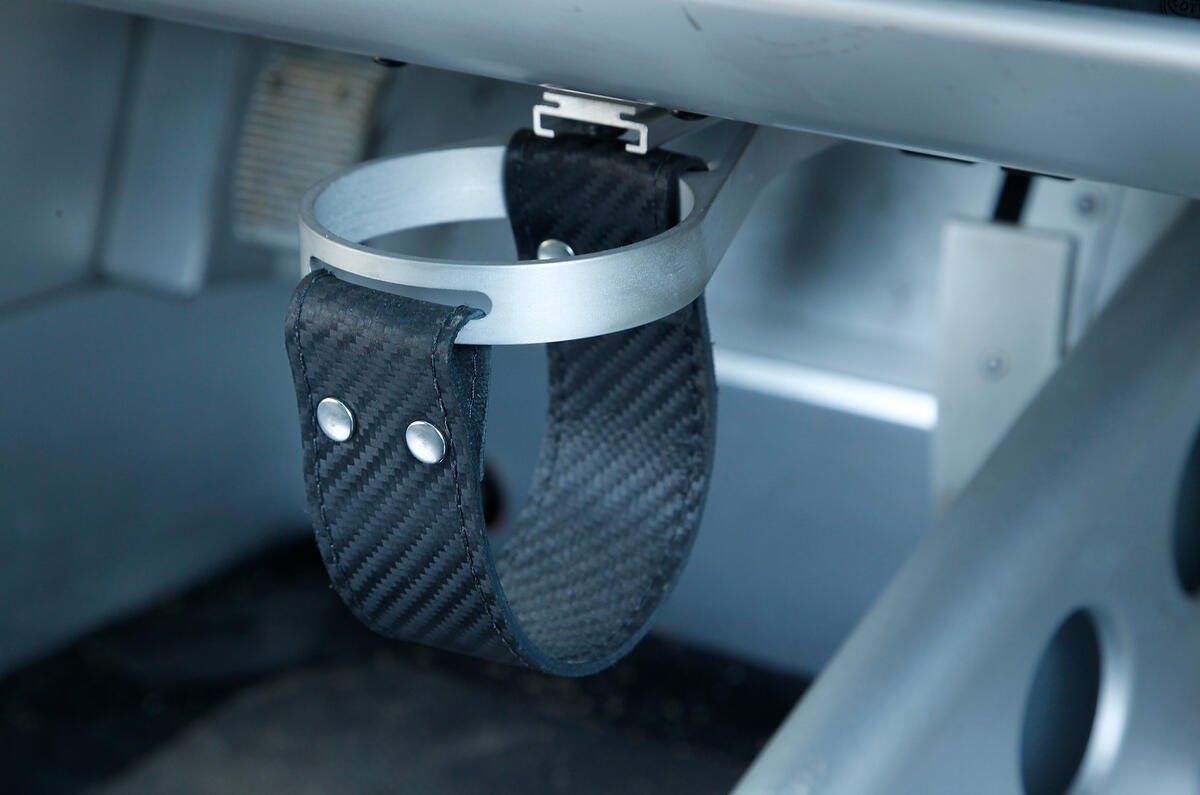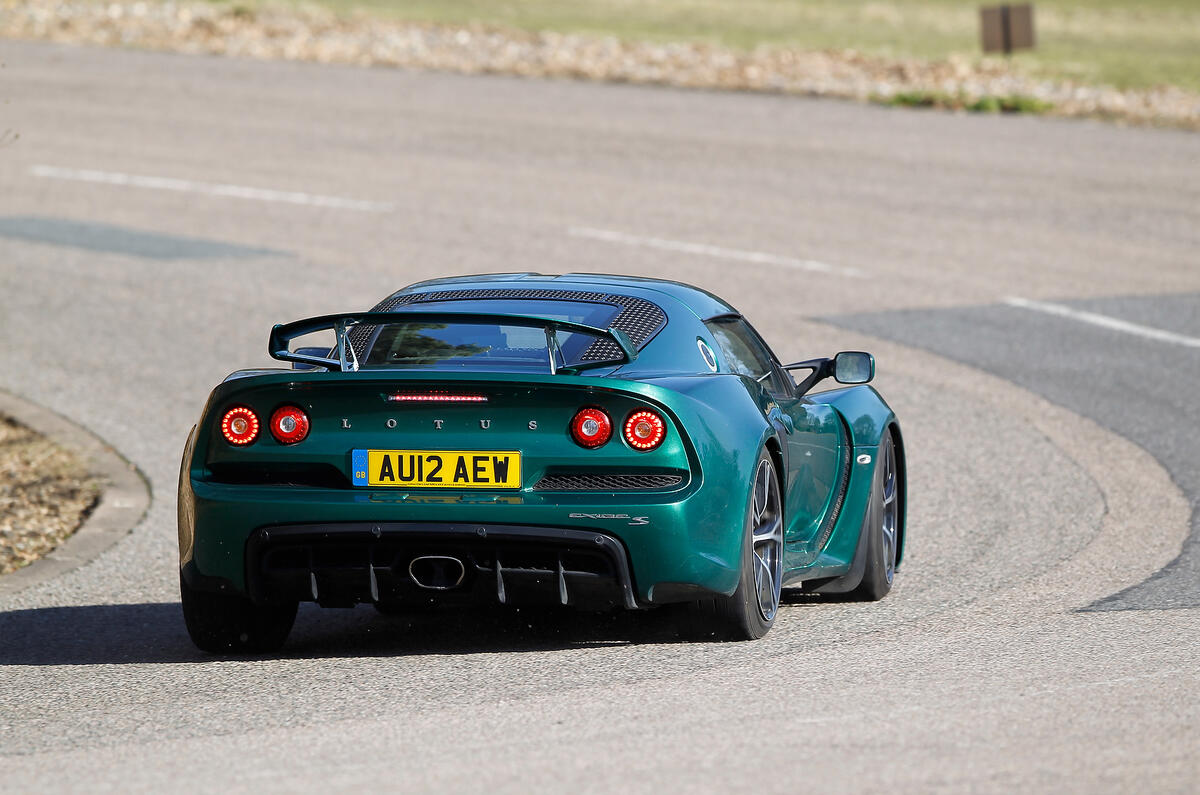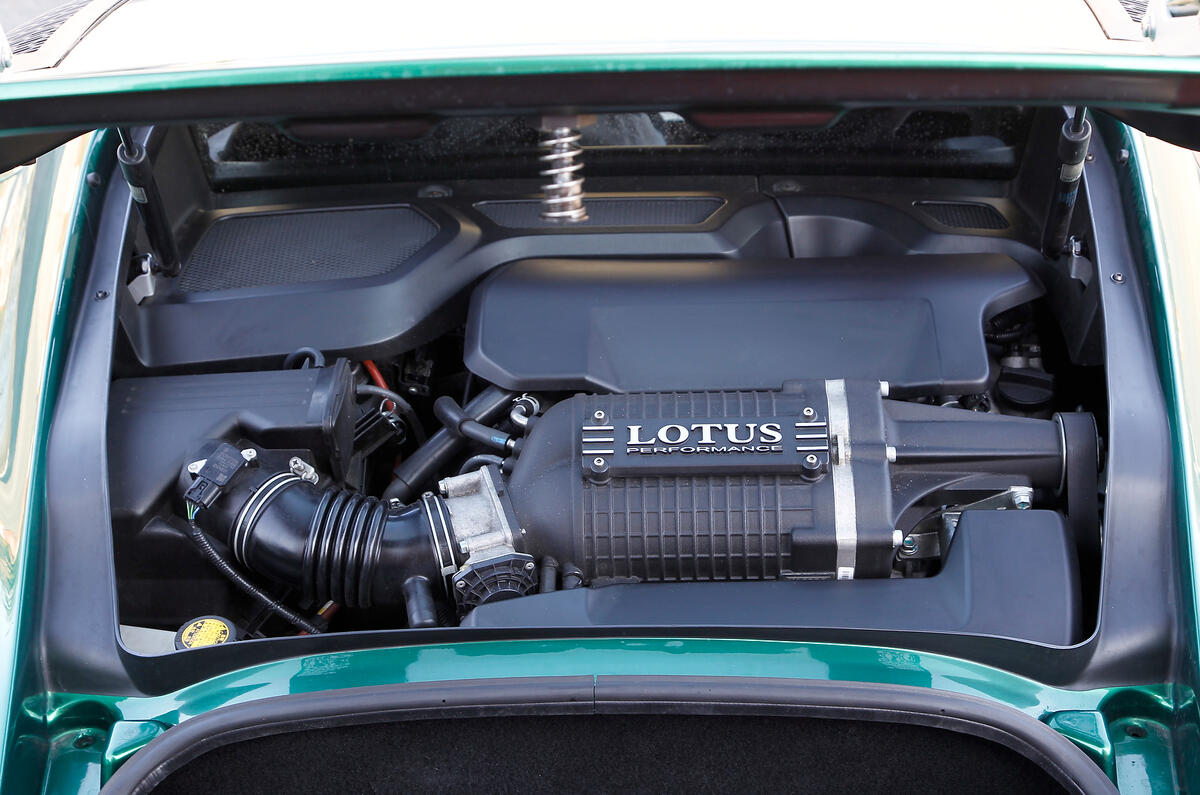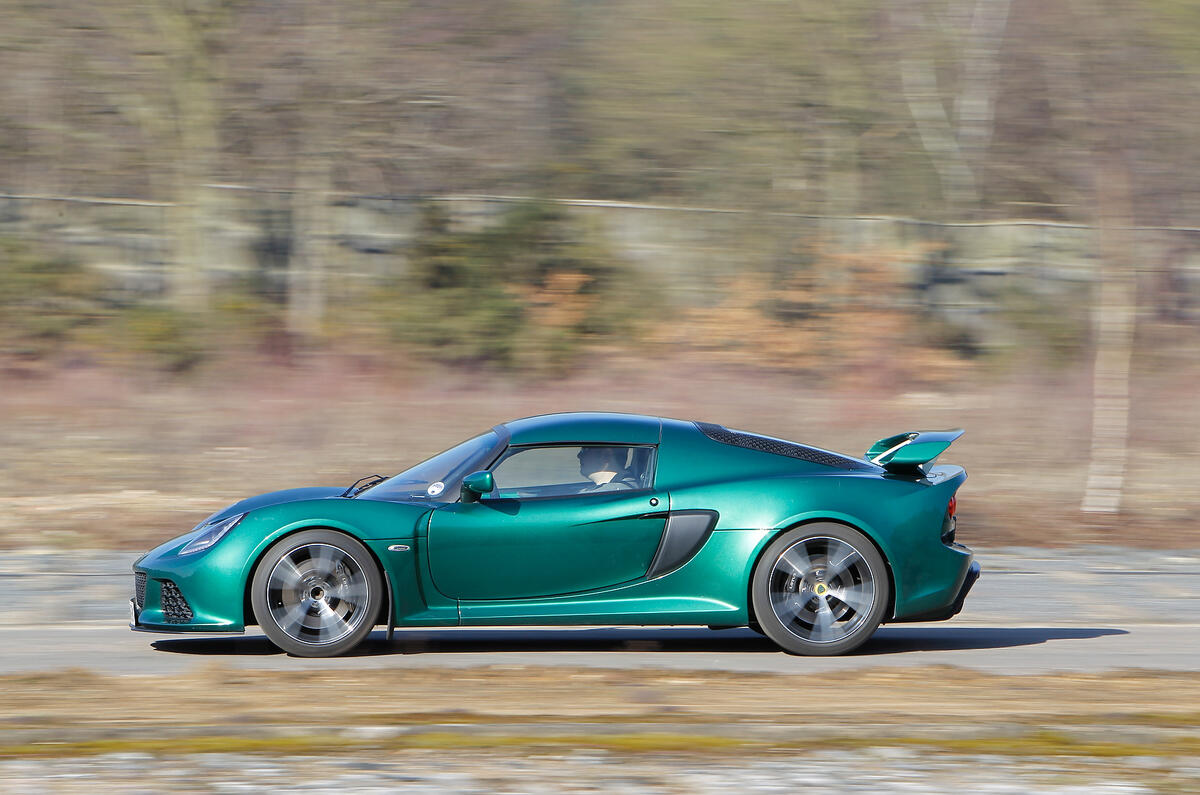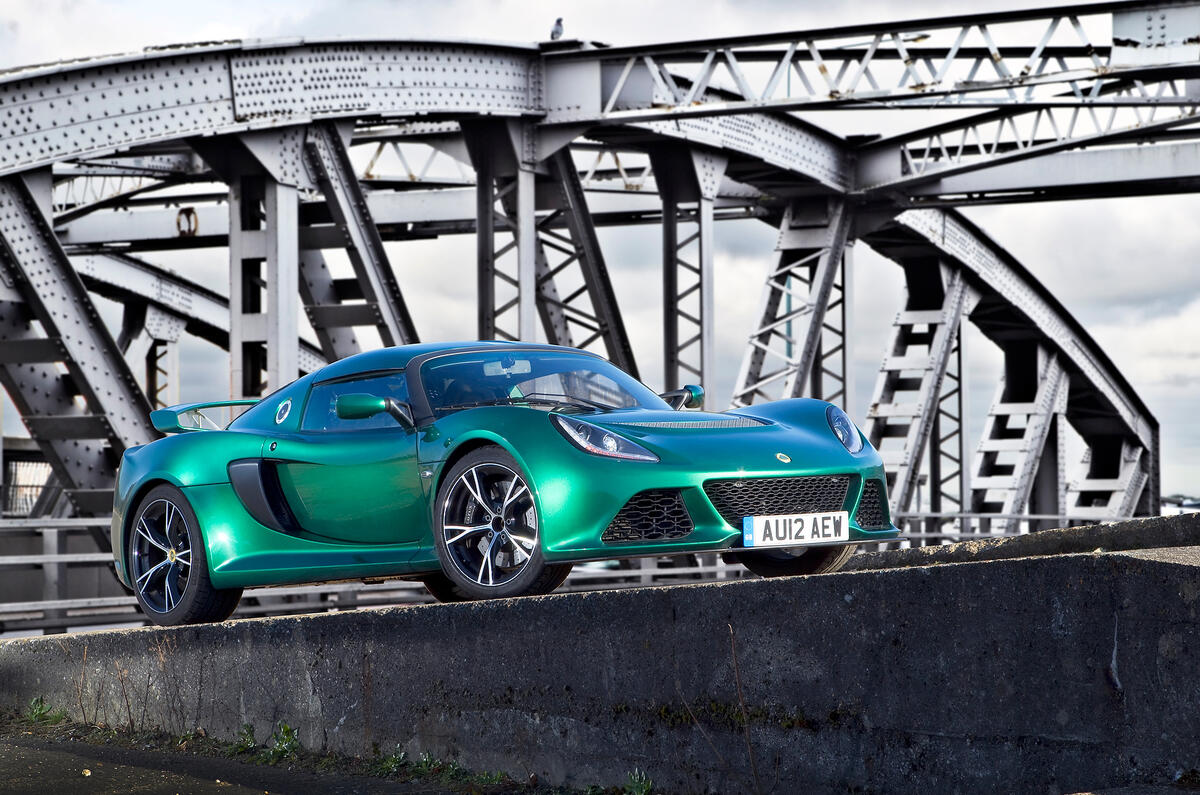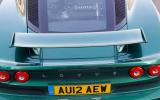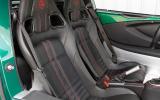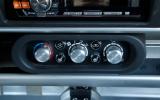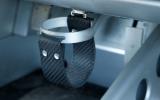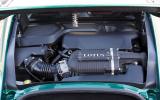A heavy Lotus wouldn’t go down well at all. Not with the customer base, with the critics or with the ghost of Colin Chapman. And a heavy Exige would be a real heresy, particularly when unadorned examples of the original Exige S1 weighed less than 800kg with fluids onboard.
Next to that, the Exige looks portly. Hethel’s claim is for a kerb weight of 1125kg, 10kg less for the Roadster, and the scales at our MIRA test track confirmed that our test car - a coupe - full of fuel weighed 1200kg. That puts the car within 95kg of the previous Porsche Cayman R and 160kg of the 997 GT3 RS 4.0. The Race 380 has a claimed dry weight of 999kg, which means ladened it will tip just over the one tonne mark.
Light enough for a Lotus? The track will tell. But bear in mind that time and safety legislation invariably add mass to cars, and also that the new 911 GT3 is a 1430kg machine.
Two things directly explain the mass increase; notionally, really only one. The Toyota-derived supercharged V6 that powers the car, also found in the Lotus Evora, has forced a growth spurt. There’s 70mm of extra length in the wheelbase and almost 300mm of additional overall length compared with the original Exige, and a current Lotus Elise. All of it is to accommodate that engine, which has been squeezed in sideways right behind the cabin.
The rest is familiar. There’s a monocoque tub made of bonded box-section aluminium extrusions, lightweight composite body panels and double wishbone suspension. The steering is unassisted - there isn't room for a pump - but if the car had been any heavier, Lotus admits, that wouldn’t have been possible.
There are plenty of competition-spec chassis components here: Bilstein gas dampers and cross-drilled, four-piston iron brakes from AP Racing. Significantly, there's the option of extra-sticky Pirelli P Zero Corsa tyres and suspension, which is stiffer and specially modified to the new rubber.
There’s no mechanical limited-slip differential; the Hethel-based company generally avoids them because, it claims, they introduce initial understeer into the handling mix. But there is a brake-based electronic system to quell wheelspin on an unloaded inside tyre in cornering.
Compared to the previous generation Exige, the current range has had more than 100 components tweaked or replaced for the Sport 350 and Sport 380. The Race 380 is a different kettle of fish as its a track-focussed special which comes with a six-speed sequential gearbox, a performance air filter, uprated AP Racing brake discs, a full roll cage, adjustable Ohlin dampers and an FIA-approved exhaust system.




